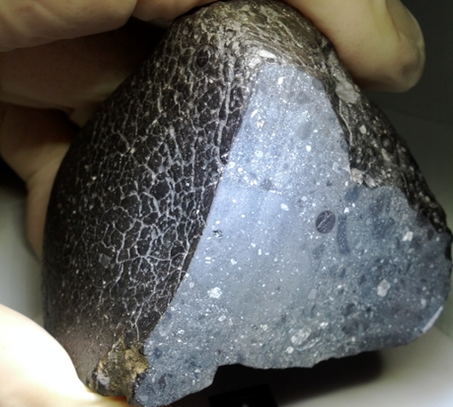Machine Learning Finds Martian Rock’s Original Home
Researchers have pinpointed the exact home of the oldest and most famous Martian meteorite for the first time. Using a multidisciplinary approach, including a machine learning algorithm, the research – published today in Nature Communications – identified the particular crater on Mars that ejected the ‘Black Beauty’ meteorite.
The researchers have named the specific Mars crater after the Pilbara city of Karratha, located more than 1500km north of Perth in Western Australia, which is home to one of the oldest terrestrial rocks. The discovery offered never-before-known details about the Martian meteorite NWA 7034, known as ‘Black Beauty.’
Black Beauty is the only brecciated Martian sample available on Earth that contains angular fragments of multiple rock types cemented together, which is different from all other Martian meteorites containing single rock types.
‘Black Beauty’ is said to be 4.48 billion years old, and it shows similarities between Mars’ ancient crust, aged about 4.53 billion years old, and today’s Earth continents. The algorithm was developed in-house at Curtin by an interdisciplinary group that included members of the Curtin Institute for Computation and the School of Civil and Mechanical Engineering, and CSIRO and the Australian Space Data Analysis Facility, with funding from the Australian Research Council.
The full paper, ‘Early crustal processes revealed by the ejection site of the oldest Martian meteorite,’ can be viewed here.

